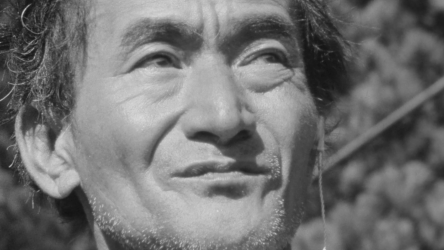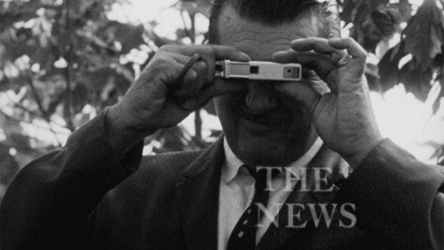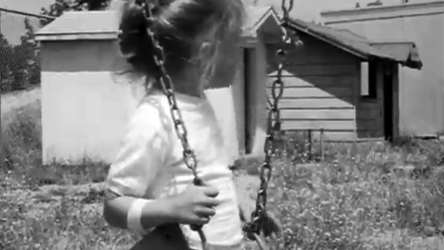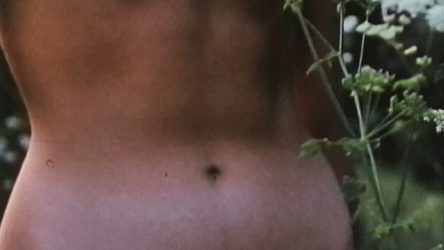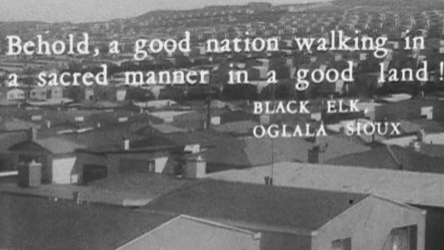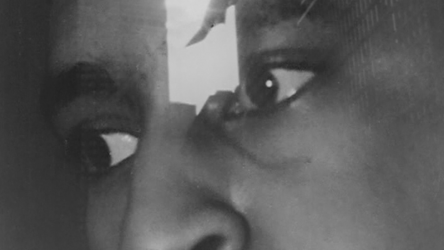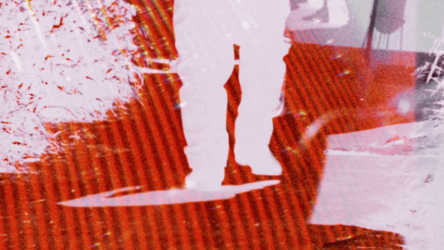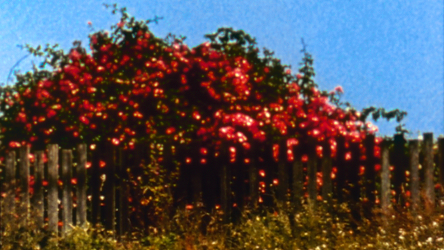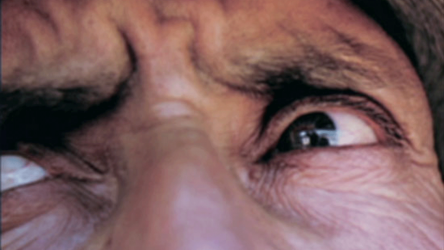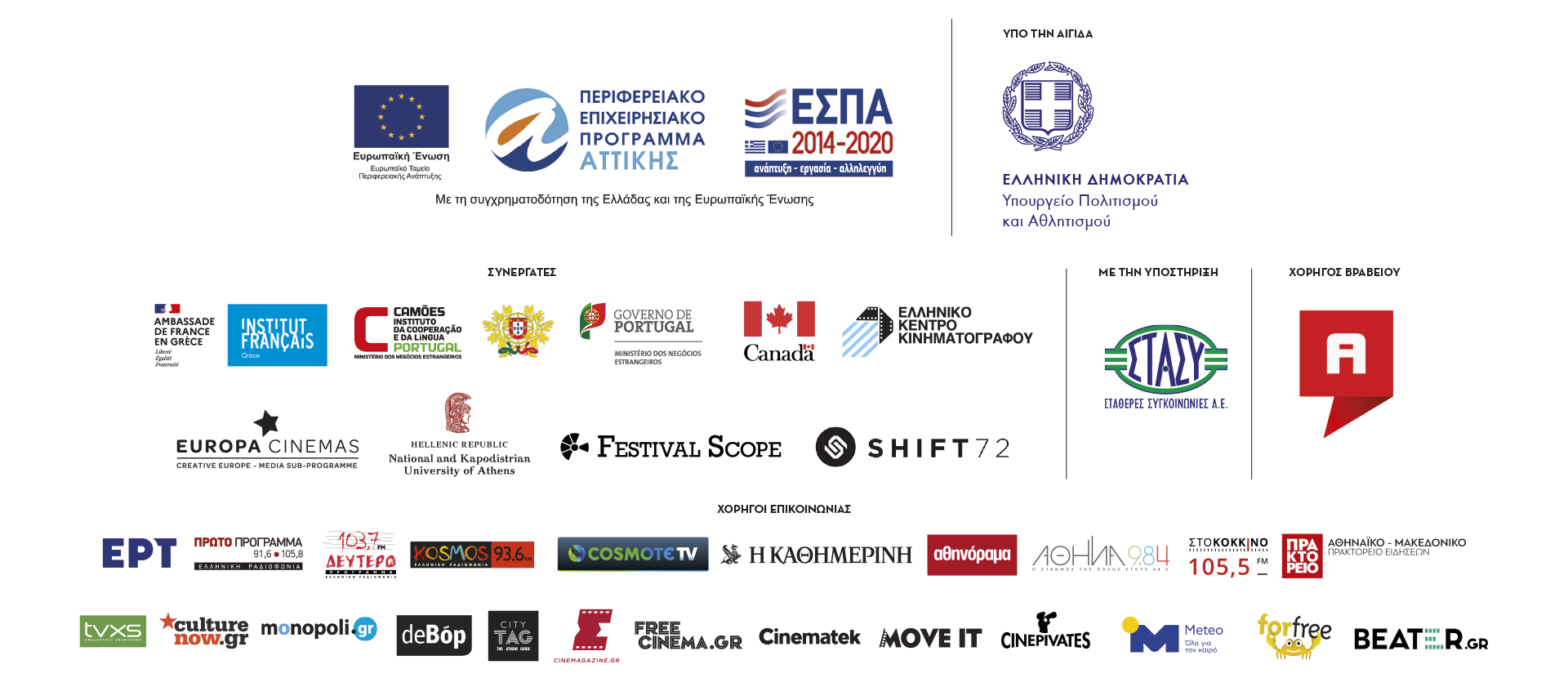The 11th AAGFF, in memory of Bruce Baillie who passed away last April, presents a selection of nine films from his groundbreaking oeuvre. Baillie, was one of the most important figures of the American West Coast avant-garde—as much for his experimental films, as for his role in the creation of spaces and systems of support and distribution for experimental filmmakers.
Starting, in the early 1960s, with film-screenings projected on a bedsheet in his backyard, he later founded the Canyon Cinema cooperative and the non-profit San Francisco Cinematheque. As for his work, if what a philosopher says is true, that landscapes are in some sort of way, the faces of the earth—then Baillie’s cinematic landscapes seem to reveal the face of the American earth and its despoliation. He once said: “There were ages of faith, when men made natural connections between themselves and the place in which they lived, the plants they cultivated, the fuel they used for warmth, their beasts, and their ancestors. My work will be discovering in American life those natural and ancient contacts, through the art of cinema!”
Observing the play of sunlight for three days, he captured it in the film “All My Life”. With his unadorned ingenuity and craftsmanship, in film processing and also editing, he created visions of the American landscape and its faces in the films “Mr. Hayashi”, “Here I Am”, “To Parsifal”, “Mass for the Dakota Sioux”, “Valentin de las Sierras”, as well as his most famous film “Castro Street”. It would be an improper omission, to overlook Baillie’s sensitivity on the social struggles in America; which besides his cinematic visions of the American landscape, he expressed in the experimental newsreel “The News #3 (Peace Rally)” as well as in “Quixote”.
Film selection, programming: Jacob Skenderidis
Introduction: Youlia Mermigka



